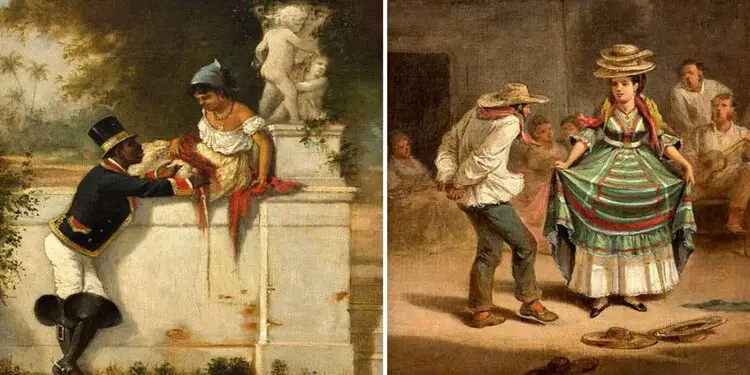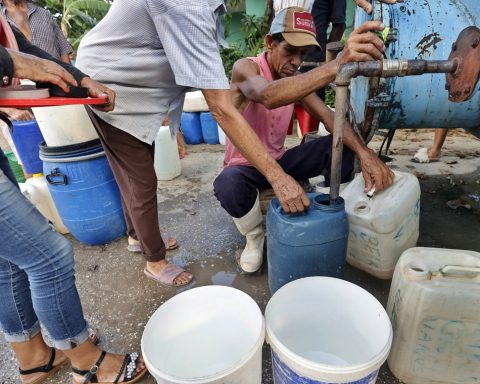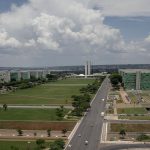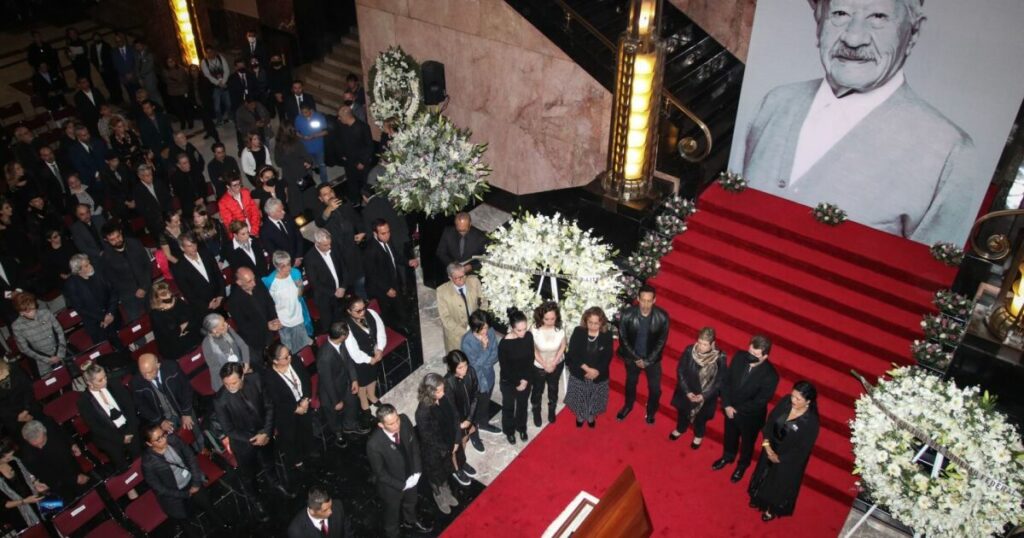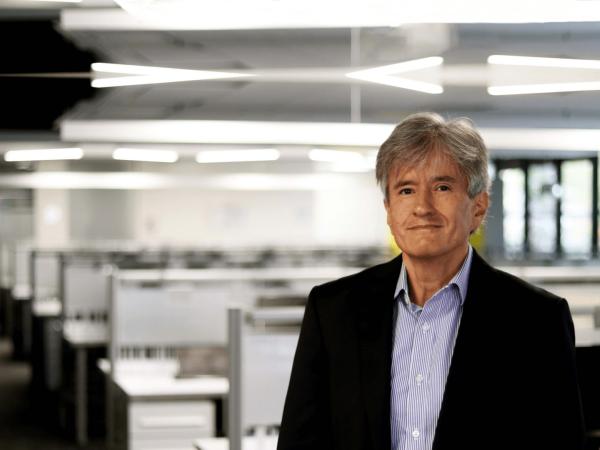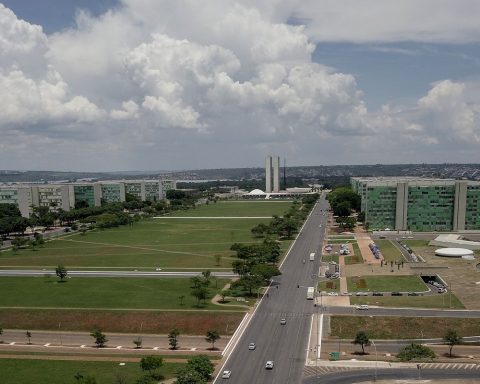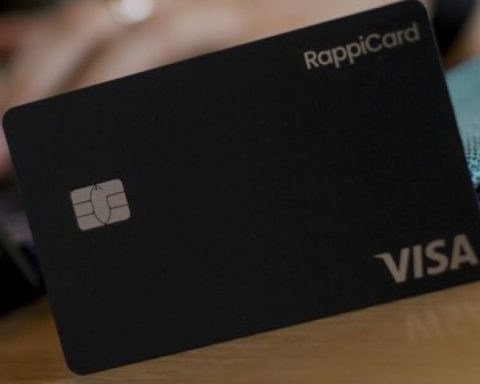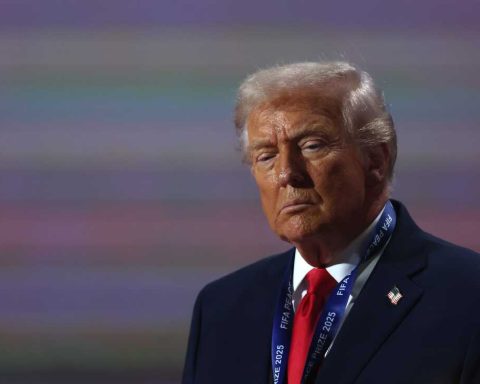HAVANA, Cuba.- In March 1830 he was born in Bilbao, Spain, the Cuban illustrator, painter and writer Víctor Patricio Landaluce. It is believed that he arrived in Cuba around the year 1850, after a brief stay in Paris. Having received a careful education, Landaluce was a professor and director of the San Alejandro Academy of Fine Arts, and the most outstanding promoter of costumbrista themes in 19th-century Cuban art.
A staunch defender of the Spanish Crown, he was, however, very precise when it came to capturing the daily elements of Creole society. In his paintings you can appreciate rural life, working on the plantations, the movement of slaves and the class difference. His work is the only one, in all of Cuban art, that frequently addresses the role of the black in 19th century Cuba. He represents him in his daily chores, with his typical clothing and in his celebrations. A good example is the painting “Three Kings Day in Havana”, exhibited in the permanent collection of the National Museum of Fine Arts.
His art is kind, but satirical, a trait he showed particularly through his newspaper. Don Juniperofrom which he did not give truce to the reformists or the independentistas.
It has been previously stated that Landaluce’s vision of the Afro-descendant population is conditioned by profound racism, since he supposedly represents blacks with the intention of ridiculing them. Perhaps in his early days, unaware of the essences and nuances of “lo cubano”, his characters were stereotyped or superficial.
However, his monumental work “Types and Customs of the Island of Cuba” was produced when the artist had already been living on the island for three decades, and published with a prologue by the eminent intellectual Antonio Bachiller y Morales. The piece includes twenty illustrative drawings and a color engraving that represent traditional scenes. It was described as epidermal and picturesque by the critics of Landaluce; but at the same time it has been recognized as the one that best, and most tenderly, reflected the popular life of the Cuban 19th century.
In reality, Landaluce was a creator marked by the conflict between his loyalty to Spain and his love for his adoptive homeland. Thus, he was able to join the Volunteer Corps, where he reached the rank of colonel, and produce biting political caricatures that mercilessly attacked the independentistas, branding them as drunkards, thieves, and inept.
But he was also shaken to the core by the execution of the eight medical students, a cruelty that, although it did not compromise his loyalty to the Crown, did lead him to lower the tone of criticism, until he preferred to dedicate himself exclusively to art. and stay away from politics.
Víctor Patricio Landaluce died in Guanabacoa on June 7, 1889, undermined by tuberculosis. His work is mandatory to consult to understand Creole Cuba in the second half of the 19th century.
